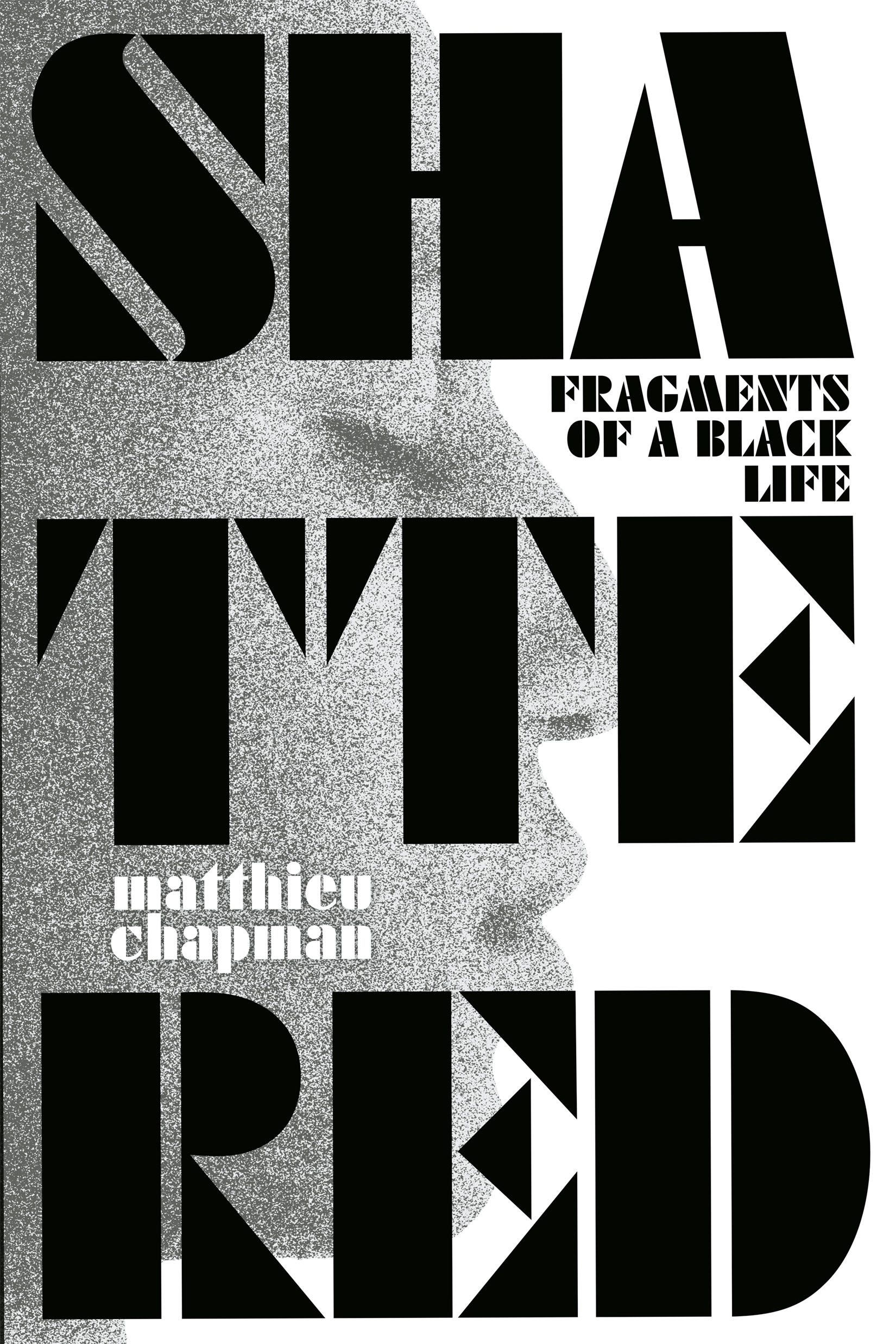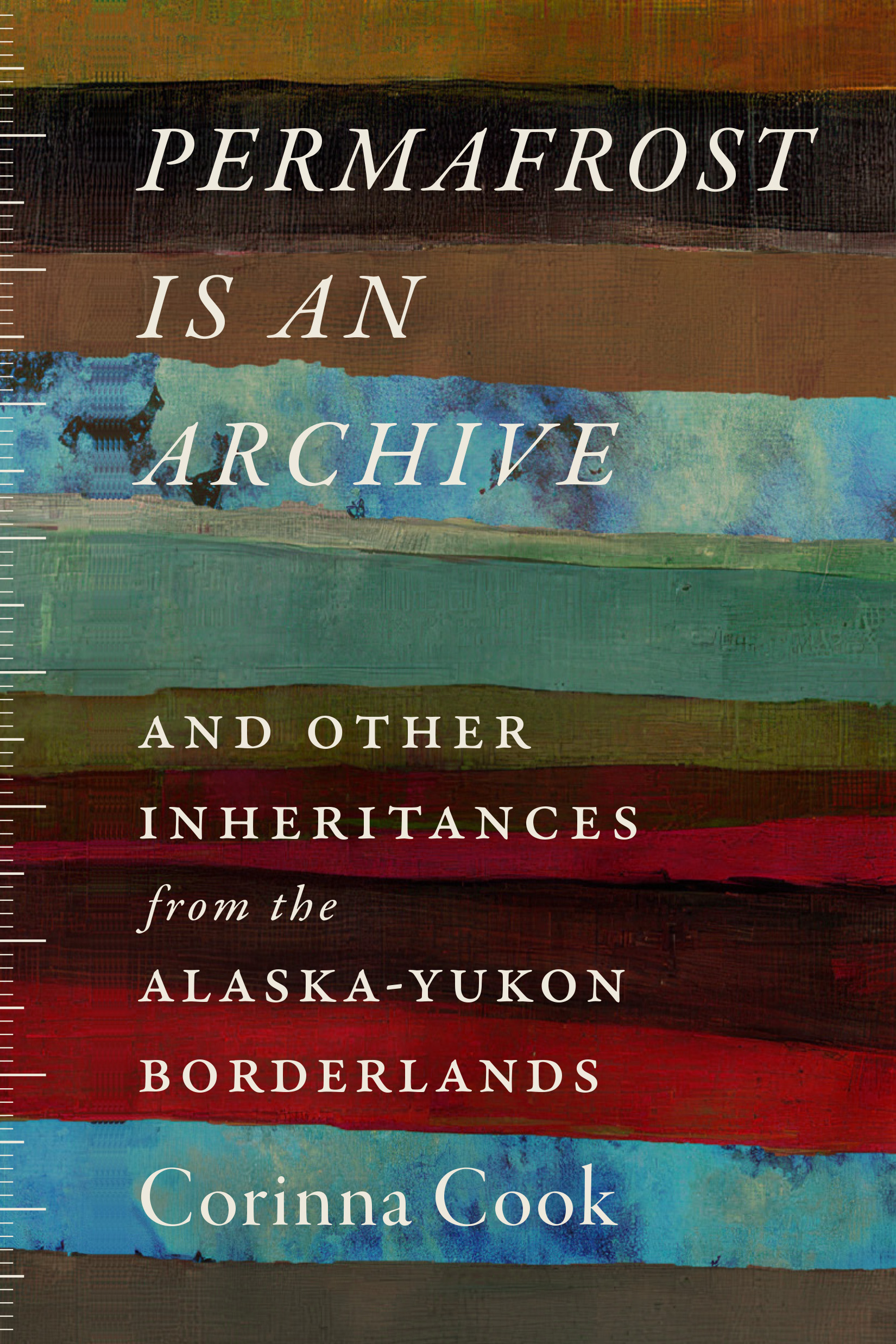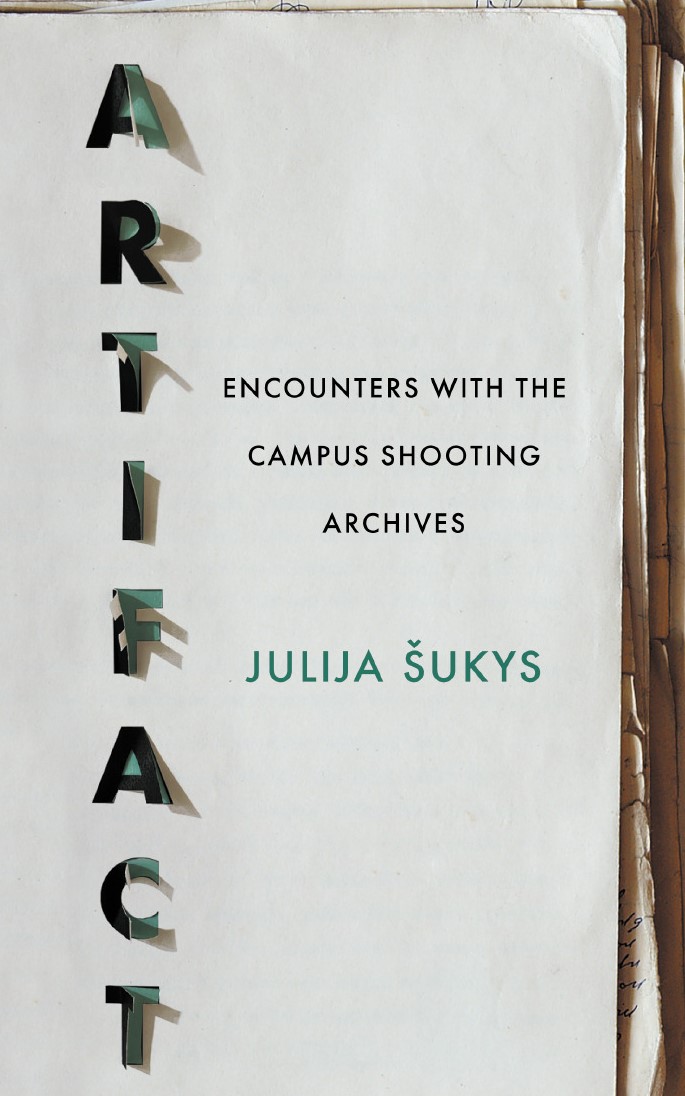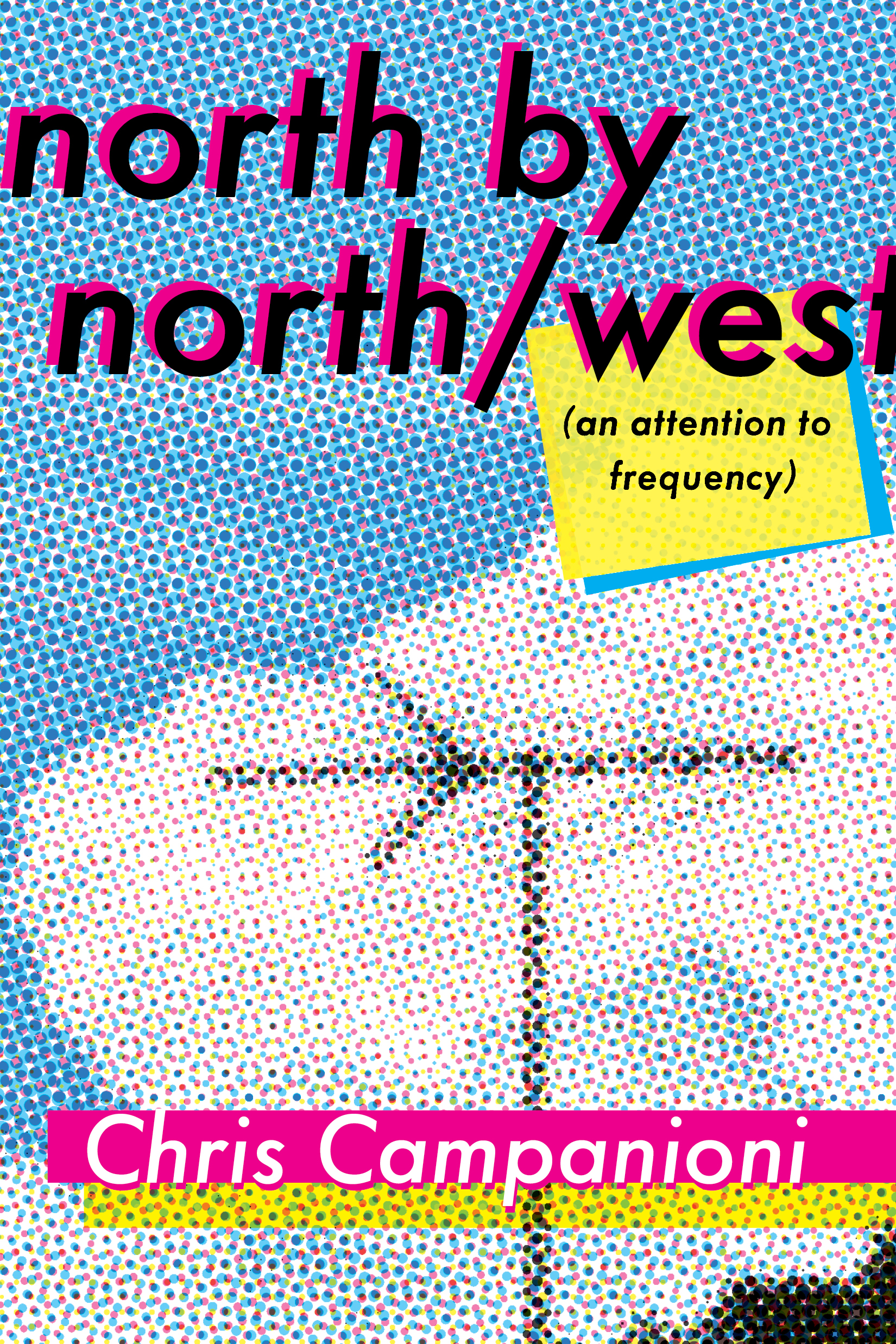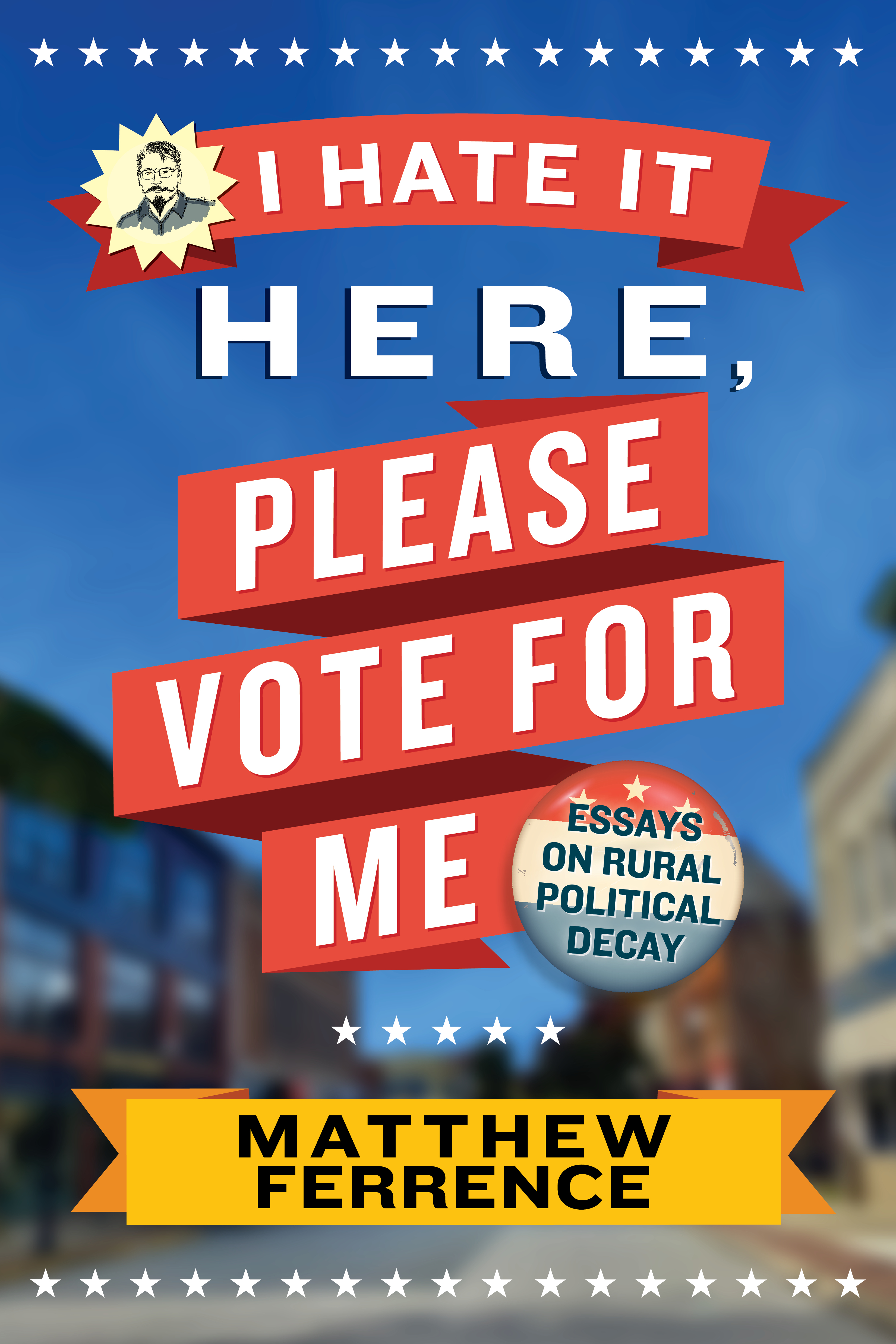Shattered
Fragments of a Black Life
Summary
From a distance, Matthieu Chapman’s life and accomplishments serve as an example of racial progress in America: the first in his family to go to college, he earns two master’s degrees and a doctorate and then becomes a professor of theater. Despite his personal and academic success, however, the specter of antiblackness continues to haunt his every moment and interaction.
Told through fragments, facets, shards, slivers, splinters, and absences, Shattered places Chapman’s own story in dialogue with US history and structural analysis of race to relay the experience of being very alive in a demonstrably antiblack society—laying bare the impact of the American way on black bodies, black psyches, and black lives. From the Church of Jesus Christ of Latter-day Saints to the offices of higher education, from a Loyal White Knights flyer on his windshield to a play with black students written by a black playwright, Chapman’s life story embodies the resistance that occurs, the shattering, collapsing, and reconfiguring of being that happens in the collisions between conceptions of blackness. Shattered is a heartrending and thought-provoking challenge to narratives of racial progress and postracial America—an important reminder that systemic antiblack racism affects every black person regardless of what they achieve in spite of it.
Author
Matthieu Chapman is assistant professor of theater and head of theater studies at SUNY New Paltz. His writing has been published in Huffington Post and Pithead Chapel, among others. He holds degrees in theater and performance theory from San Diego State University, Mary Baldwin University, and University of California San Diego.
Reviews
“Every so often, a book comes along that changes the way we see, speak, and think about the world. Shattered is one of those books. Chapman’s relentless prose interweaves compelling narrative with groundbreaking critical race theory in an unflinching analysis of the day-to-day violence inflicted on black beings in an antiblack world. A must-read for anyone seeking a deeper understanding of race relations in America and answers to why black liberation remains deferred.”
Frank B. Wilderson III, author of Afropessimism and Incognegro
“I’m writing this while I’m back home in West Virginia visiting my mama, and I wish my pre-writer/professor black ass coulda read Matthieu Chapman’s Shattered as a teen because it woulda helped me navigate this complicated mess of growing up black in WV. Now, it’ll help me navigate this complicated mess of growing up black in this world. This important book is for everyone, and I hope all the young folks and old heads in any geography get a chance to read it. Thanks, homie.”
Steven Dunn, author of Potted Meat
Excerpt
Author’s Note
Afropessimism.
Many find the name off-putting, depressing, defeatist—all reactions I had initially. But once I began to interrogate my own aversion to the label and began to truly engage with the nuances and diversity of thought within the field, I found things I had never experienced before.
Radical hope.
Radical creativity.
Radical self-determination.
Afropessimism is a field of theory that distinguishes antiblack racism from other forms of racism. As such, the problem of race for black people is not white supremacy—in which all nonwhite races suffer equally compared to whiteness—but rather the problem is antiblackness—in which all nonblacks maintain a structural position of human from which blacks are excluded. In other words, black people are nonhuman, and everyone else is human. The distinction is that under white supremacy, all nonwhite beings are positioned as subhuman—less than the full white subject—and therefore the suffering of nonwhite beings can be analogized. For example, with white supremacy, we can compare the suffering of the colonized Indian to the suffering of the immigrant Mexican. In Afropessimism, blackness is incompatible with the construction of the human, therefore blacks do not exist on the scale that would allow us to compare black suffering to human suffering. Afropessimism is not a critique of black people. Rather it is a critique of a world that needs black suffering and black death to maintain its own mental health.
Throughout this book, I use “black” in the lowercase. And only in the lowercase—even when starting a sentence. I used to oscillate between various constructions of “black” and “Black” to distinguish between a color and a Concept. “black”—black as night, black tar, coal-black. “Black”—Black people, Black being, Black death. But “Black” is not proper in this context because the concept of black in this book is not proper. This book is not about blackness that is sanitized and proper and resilient and hopeful. This book is about the blackness that survives despite its death, despite a world that continually kills us. This book is about blackness that, as La Marr Jurelle Bruce says, is “a critique of the proper . . . a blackness that is neither capitalized nor propertized via the protocols of Western grammar; a blackness that centers those who are typically regarded as lesser and lower cases.”1 It is a blackness that escapes what the world thinks of it and transcends any definitions I could give. I love the capital B, and I love those who use the capital B. But this book escapes designations of proper and improper. This book works beyond and between the anger and the rage and the joy and the love and the hope for a future and the hopelessness in the now. Nothing about this book is “proper,” most of all its exploration and expression of blackness.
This is not a book about black life or about living life as a black man. This is neither a book about being black nor about black being. This book is about the resistance that occurs, the shattering, collapsing, and reconfiguring of being that happens in the collisions between competing conceptions of blackness. This book is about the struggle between a free, unbridled, uncontainable blackness and the cage that the antiblack world has built for it.
This book is about living in a world of the dying.
This book is about being dead in the land of the living.
This book is about the tension between wholes and pieces in a world whose whole is built on my pieces.
As such, the story is in the whole, but the story is also in the pieces: fragments, facets, shards, slivers, splinters, absences.
- Fragments: Think of these as broader chapters that cover chunks of time.
- Facets: Each fragment contains multiple facets—the large pieces of a primarily linear narrative of my trials and tribulations in navigating the world of difference between my blackness and how the world perceives, engages, and violates my blackness. Each facet is required to see the whole. The facets in the narrative, while numbered beginning with one in each fragment, do not necessarily come in chronological order—the pieces never fall organized or neatly.
- Shards: Alongside the facets are various shards of story that have broken through time, space, and narrative to provide other experiences in my life that inform and enliven the facets.
- Slivers: Adjacent to the facets and shards are the smaller slivers of being that provide light, brief bits of history, and contexts through which to view the other pieces.
- Absences: But shattered objects are not defined solely by the pieces that scatter. The breaking produces negative spaces that define the separate parts of the former whole. These absences appear on the page as the unseeable that haunt and scandalize the whole.
- Splinter: And just when I thought I had collected all the pieces, I found that splinters remain missing. Tiny, nearly imperceptible spears of emotion and imagery that cannot be put into tidy paragraphs.
Absence
Status: The story you are reading is true.
This story is not about resistance and resilience in the face of white supremacy.
This story is not about overcoming obstacles and dismantling systemic racism.
The story is asking why black resistance and overcoming always seem to fall short of creating lasting change.
This story is asking how, despite the many political and social progresses of black people, we are still no closer to the mountaintop.
This story is questioning if we’ve been having the wrong conversations about how to change the world.
This story is about a world that needs antiblackness to function.
This story is about wandering the world of the living as a dead man.
This story is about surviving in death.
This story isn’t about changing that world.
This story is about destroying it.
Fragment 1
Facet: 1
Age: 11
Place: Uniontown, PA
Status: Dying
I had never actually heard the word in person. Sure, I had heard the word’s distant cousin, whose razor blade edges had been dulled by the softening of the hard r sound into “nigga,” on albums from the Wu-Tang Clan and Dr. Dre. But even in those cases, the force of the word was always mediated through layers of hi-fi and audiotape.
But here, in the flesh, the word was too real. The word became tangible. The hard r re-sharpened the blade. The blade grew wings, eyes, a mouth—the razors becoming talons on a monster that cut through the room toward me with velocity and violence. It caught my chest and ripped through my flesh, leaving a wound in my soul that would never and could never heal. A taste overcame my mouth: a blend of sour rancidness and ferric metal—a mix of bile and blood that rose from deep in the pit of my stomach.
It was the taste of hate.
Up until that moment, I didn’t know that hate had a taste.







